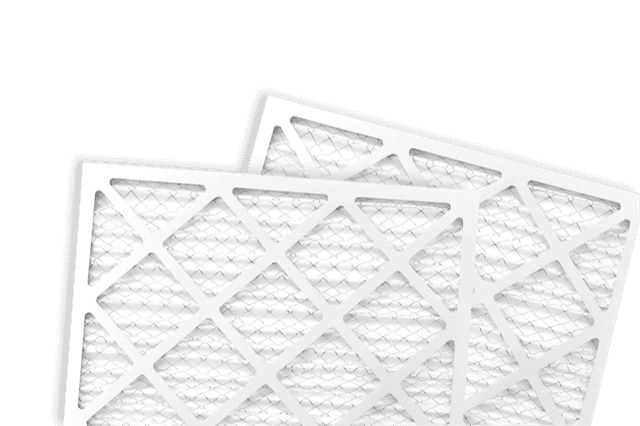
Introduction
All types of HVAC units installed in all residential or industrial areas have air filters. Residential HVAC filters protect your house’s furnace, heater, or air cooler and keep indoor air quality high. But many different types of air filters are available in the market. You need to choose a filter that works best for your requirements. For this reason, you need to understand the various functions of different types of air filters.
Classification Based on Size
You can find different air filters of various thicknesses. HVAC filter sizes come in varied thicknesses, from 1 inch to 4 inches. Depending on the area you live in, the contamination, and your needs, you need to choose the correct thickness of air filters.
What Different Thicknesses Mean
According to Custom Filters Direct, filters come in 1-inch thickness to 4-inch thickness; the functionality of these measurements is in the actual thickness of the filter. A thicker filter lasts long as it can trap a larger number of contaminants, such as dust particles, allergens, microbes, etc. But you cannot just choose a thick one if you want. The filter compartment in your HVAC unit must have the capacity to hold it in.
Classification Based on Structure
The way in which the filters are designed and formed also affects a lot of the practical functions of the filter. Each different structure has its own pros and cons.
Pleated Filters
One of the best choices in the air filter category, pleated filters are basically synthetic polymer materials that are arranged in a pleated manner. The pleats give extra surface area to the media, making the filtering process even more accurate. This high efficiency makes pleated filters very popular.
Fiberglass Filters
These are the cheapest HVAC air filters in the market. Experts generally do recommend this as they do a very poor job of catching any harmful particles. The filters do not get clogged easily because they do not trap as many particles.
Electrostatic Filters
Electrostatic filters are very expensive because of their longevity. Washable electrostatic filters can be washed and reinserted again and again for a couple of years. This makes it very useful. But you need to clean and dry the filters in fixed intervals to make sure that the filter stays clean.
Classification Based on MERV Rating
The MERV rates or the Minimum Efficiency Returning Value scale is used to determine how well a filter completes the filtration process. MERV rating is normally numbered from one to sixteen, indicating MERV 1 as the least appropriate and MERV 16 as the best. As the rating increases, a greater number of contaminants and even finer allergens are filtered by the filter.
MERV is a great indicator of filter quality. The price changed with the ratings as well. Each user can choose a number that they need. For example, someone with allergies needs to use filters with at least 11 to 13 on the MERV scale. Hospitals use higher ratings. But not all people may need the higher ratings. Normally, the best MERV-rated filters are plated and are rated MERV 13.
ConclusionChoosing the right filter per your need is very important for example 8×19.5×1 air filters, 12x27x2 air filters or more. If a person with no allergies or asthma uses a filter with high MERV ratings to be used in hospitals, the cost will be unnecessarily high. On the other hand, using a low-rated filter with the wrong air filter sizes, even when you have a pet, is foolish. If you understand the functions of each type of filter, you can then choose the one that suits you the best. It can save both time and money.



